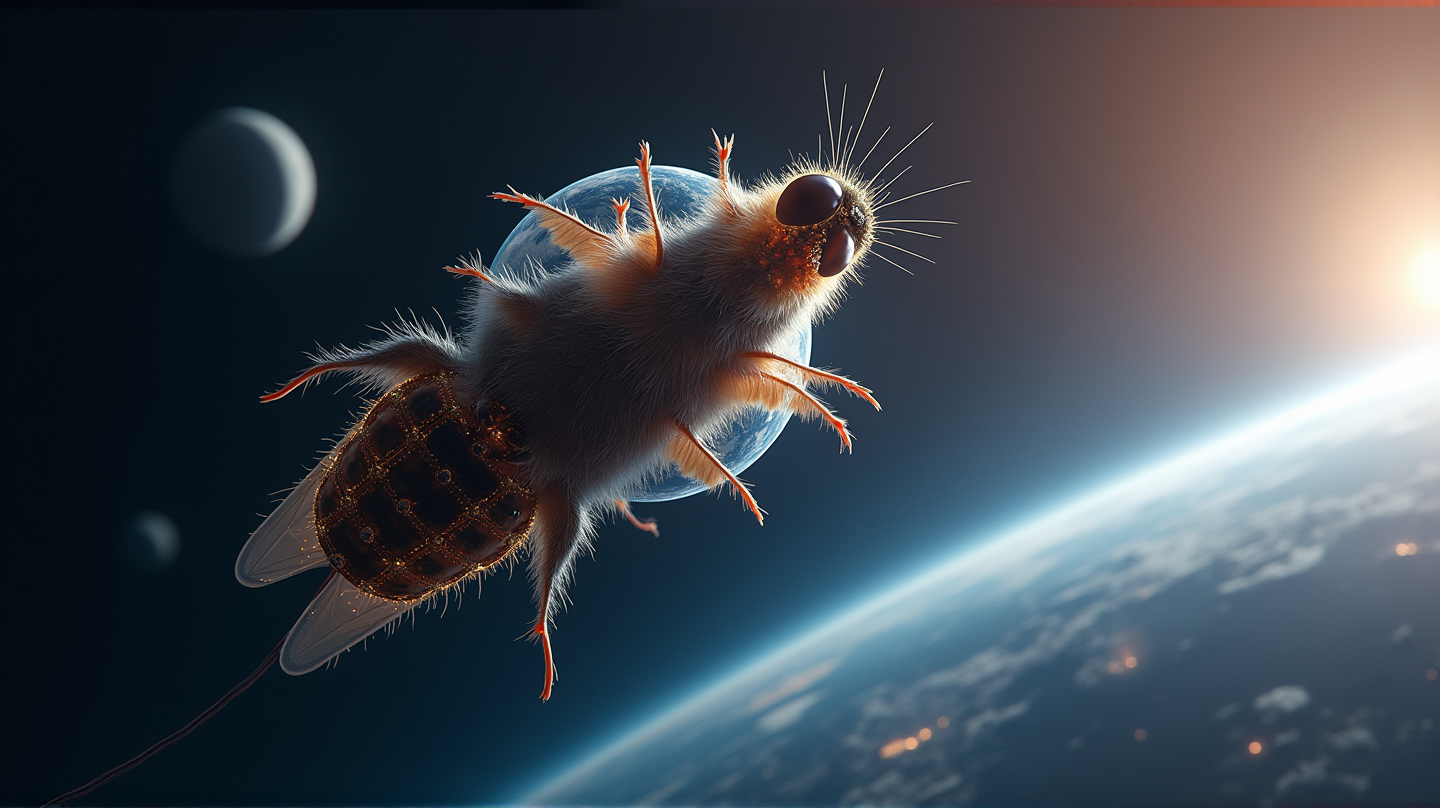Russia's Bold 'Noah's Ark' Mission: A Step Towards Deep-Space Discovery
Discover how Russia's Bion-M No. 2 will explore space's impact on life, advancing human knowledge for future deep-space missions.

On August 20, 2025, Russia takes on a groundbreaking space exploration mission with the launch of the Bion-M No. 2 biosatellite, famously dubbed “Noah’s Ark.” This ambitious mission aims to examine how spaceflight conditions impact living organisms by sending a diverse payload of 75 mice, over 1,000 fruit flies, and lunar simulants into the great beyond. According to Space.com, this mission is a crucial step towards gaining insights into the biological effects of high radiation levels and microgravity, information that is vital for the future of deep-space travel and understanding its implications for human health.
Exploring the Effects of Space Radiation on Organisms
A highlight of the Bion-M No. 2 mission is its innovative approach to studying space radiation’s impact on mice, which share significant genetic similarities with humans. The experiment is designed with three distinct groups: Earth-bound, Earth-simulated flight environment, and space orbit mice. This setup will reveal how these rodents adapt in space versus familiar environments, providing crucial data for future manned missions.
Equipped with systems for feeding, lighting, and waste disposal, each mouse-carrying unit is designed for optimal research conditions. Real-time monitoring through specialized cameras and sensors, including implanted chips, ensures a comprehensive understanding of how space conditions affect these organisms.
Lunar Simulants: Paving the Way for Moon Habitation
In addition to biological specimens, the mission brings lunar simulants—dust and rock materials mimicking those found on the moon’s high latitudes. These simulants are critical for future moon construction projects as they will help understand how space conditions affect potential building materials on extraterrestrial bodies. This collaboration between Russian research institutes like the Vernadsky Institute and IMBP signifies a leap in space construction knowledge, opening new frontiers for lunar colonization.
The Influence of Space Conditions on Biological Health
Beyond radiation, the Bion-M No. 2 mission targets microgravity’s effects on biological health, underscoring its role in degrading biological systems during prolonged spaceflight. The mission’s findings are expected to reshape strategies for astronaut health management, making space travel more sustainable and less hazardous. Additional data from the fruit flies, due to their genetic simplicity and quick life cycles, will complement the research on mice, providing a richer understanding of space biology.
Radiation Challenges in Prolonged Space Missions
Crucial to the mission is its meticulous examination of space radiation, a significant obstacle in space exploration. The biosatellite’s orbit enhances radiation exposure levels, enabling detailed study of its impacts. This information is fundamental for developing technologies and strategies to counteract radiation dangers, essential for safely navigating future journeys to Mars and beyond.
By unlocking new scientific insights, Russia’s “Noah’s Ark” mission signifies a major stride towards exploring the universe while ensuring human safety and sustainability in space exploration. As the world watches, the mission promises to unveil the mysteries of space influence on life, paving the way for humanity’s next big leap into the cosmos. Join us as we witness the dawn of a new age of discovery!

